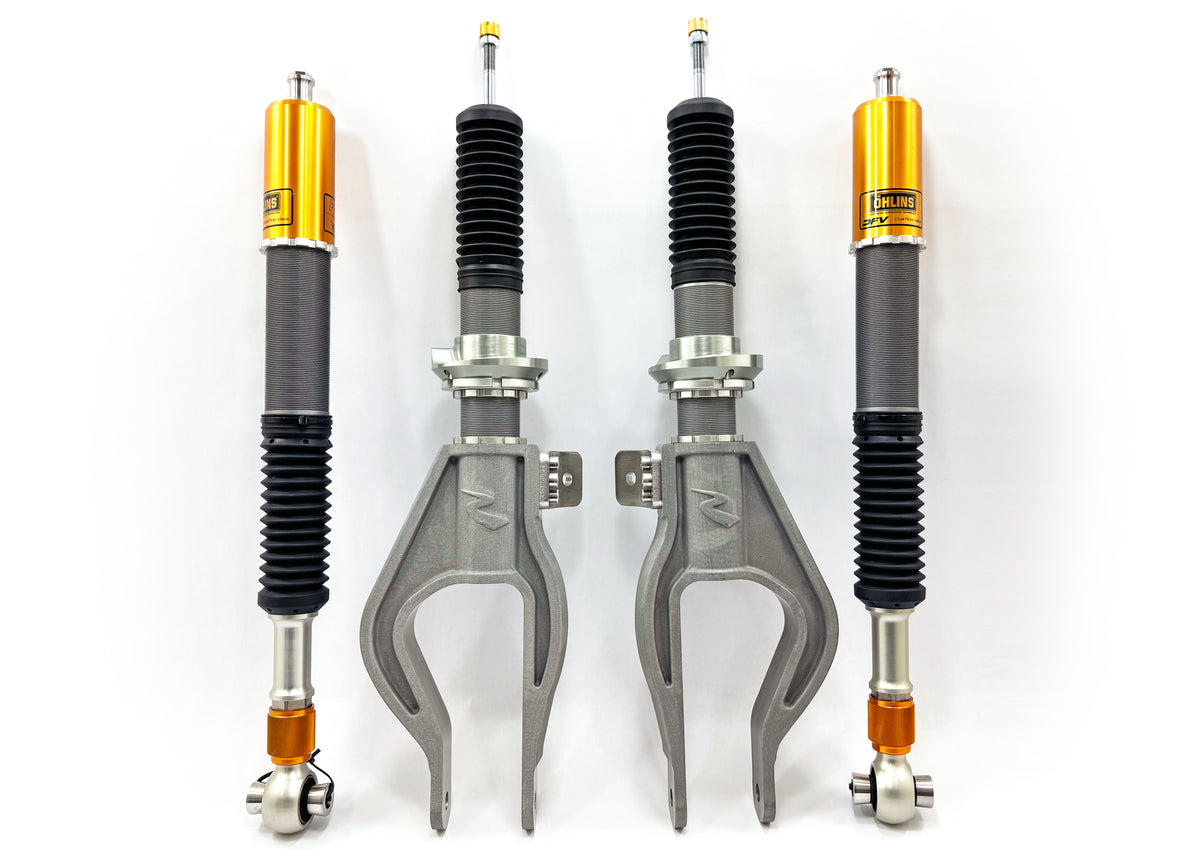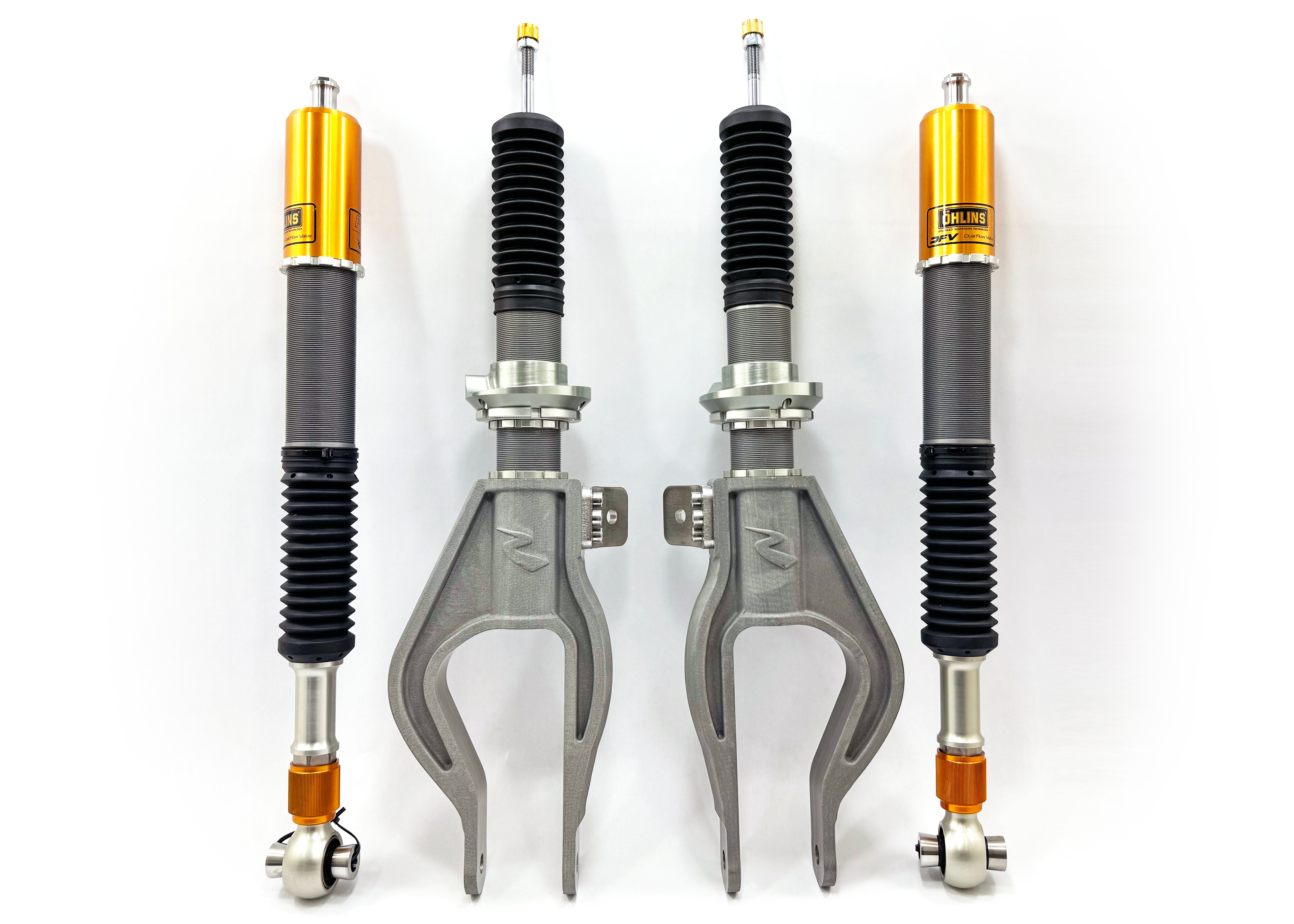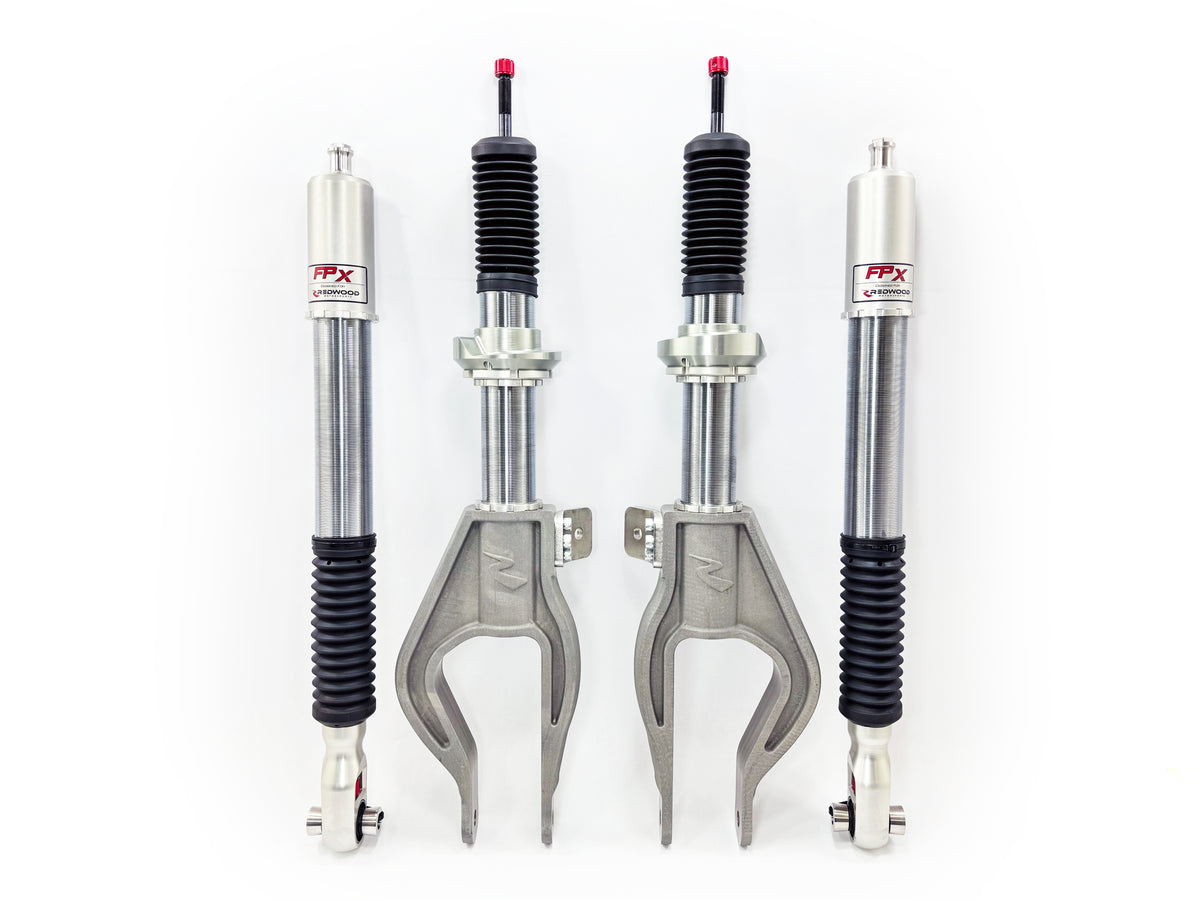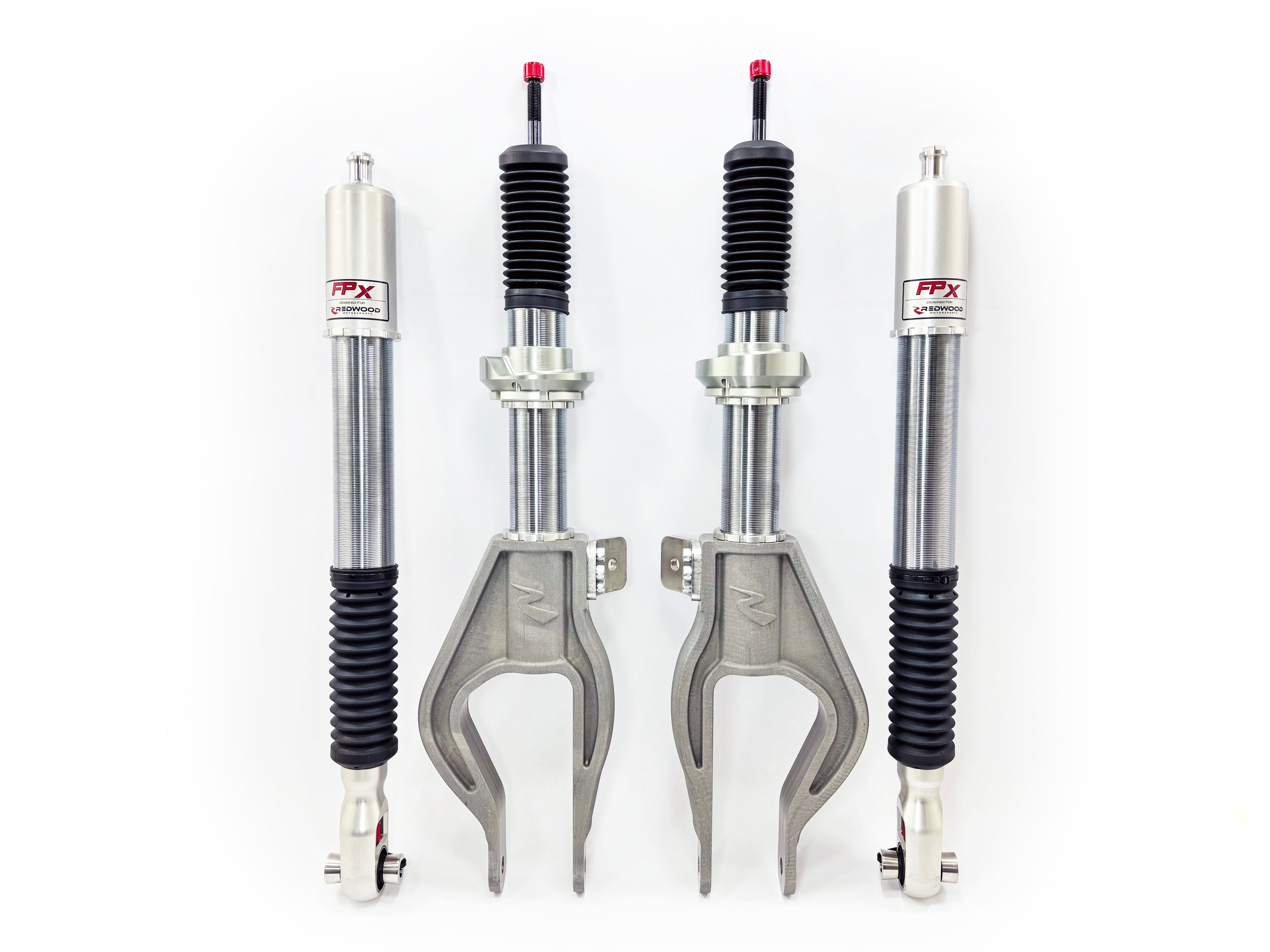(I found the right Model 3 thread for this finally, yay.)
This morning I drove a very familiar, nearly 50 mile stretch of twisties without any passengers, almost no traffic, and all cargo in the trunk (nothing loose in the cabin or super heavy). Performance Sport dampers set at 16 of 32 clicks from full stiff all around, which is the setting my wife has been liking.
"Smooth" barely begins the describe the experience of hauling a** over 50 miles of empty, very familiar twisties in this car now. The car friggin' flows. The balance, the reactions, the frontend grip, the steering response, the level of control...it's brilliant. And it is truly a smooth experience. I can't even think of how it could be better for such driving. (Well okay, one obvious way: this car deserves some real sport seats. Also one could go full racecar upgrading all the bushings and control arms. Both would be fun.)
I'll do my next such drive in a stiffer damper setting for comparison. For shorter very hard+fast drives through the twisties I've been liking 11 of 32 clicks from full stiff. Will see if I still do for longer stretches.
Time for 11 vs 16 clicks followup! I count clicks from full stiff, so 16 of 32 is halfway stiff, 11 of 32 is stiffer (two thirds stiff).
I drove to the same area today, but tried a new route. Completely new road to me, but almost no traffic. I decided to start at 16 clicks again as a baseline, and switch to 11 clicks a few miles in. I'd had a mild headache all morning and at first wasn't sure if I wanted to really hammer it, but within a few turns that went away and it was go time.
The road started off pretty wide and smooth, solidly twisty but with good condition older asphalt, and room for a little sliding if needed. The car felt good from the get-go, but I did feel like stiffer would suit the smooth wide pavement. After a few miles I pulled over for the damper adjustment, then back on the road in maybe 90 seconds, now at 11 clicks all around. (When going stiffer I always turn the knobs all the way closed / full stiff, then count clicks as I loosen. I read somewhere this is best for the dampers.)
Sure enough 11 felt better on the nicer pavement, but the road got real narrow and gnarly, and even the woods got tighter around me. Single lane width in many places, sagging asphalt, all sorts of bumps, dips, depressions, etc. Will 11 clicks still feel great after 30+ miles of this? Or too stiff for that many miles of really nasty twisties?
The answer: If you're really driving fast, 11 clicks is wholly better than 16 clicks. Even after 35 miles of such driving. Even when the pavement is
Nasty with a capital N. If anything going stiffer still might be even better.
At 11 clicks the car was soaking up the smaller bumps and depressions like nothing. I could see the warty pockmarked uneven pavement, and I could certainly hear the impacts (it's a Model 3!), but they barely registered to my butt. 35 miles of this and I never, ever felt like I'd set the suspension too stiff. I might try 10 or 9 clicks over this road next time. Like most such roads there were some big depressions where I bottomed out, and generally firmer is better for handling such things.
If driving at a more normal, sane pace then 16 clicks would be better on a road like this, without question. But if you're shredding it go stiffer. The stiffer settings give you quicker steering responses, and tighter control over the really big dips and bumps. Spending a minute or two turning the knobs is worthwhile, and it's surreal how smooth the car feels over the smaller stuff when going fast, despite what your eyes and ears are telling you.







